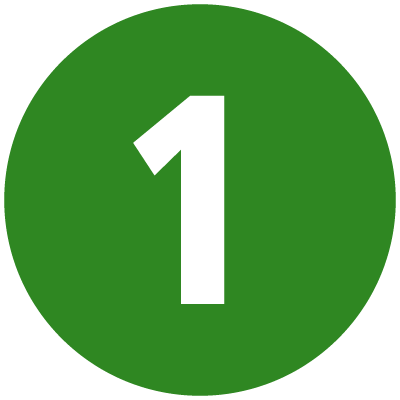
on the SubwayNut
Seattle Link Light Rail Line 1 is the current name (as of 2021) of the original Seattle's Central Link Light Rail. The initial operations were 15.7 miles long and opened in stages with the initial segment from the Seattle Transit Tunnel to Tukwila International Blvd opening on July 18, 2009, with a one stop extension to SeaTac/Airport opening on December 19, 2009.
The line uses almost every type of possible ROW imaginable for a light rail line except for just plain street running. The original segment of the line, starting from SeaTac, begins by running mostly on a high-speed ariel structure via Tukwila's stop until it enters Seattle and runs in the median of MLK Jr. Way. It rises back up onto an elevated briefly for Mount Baker before entering the mile long Beacon Hill Tunnel that has a stop in the middle of it at 160 feet beneath the surface. Next it emerges again and follows the King County Metro Bus Way for two stops alongside the buses before joining the buses and entering the Seattle Transit Tunnel with them.
As of 2019 due to increases in light rail service, the Transit Tunnel is now exclusively used by the Central Link Light Rail, with all buses kicked out of it.
This the light rail uses the Seattle Transit Tunnel to run beneath downtown Seattle before entering the University Link extension of two underground stops in a 3.15 mile long deep bore tunnel beneath First Hill and Capitol Hill which opened on March 19, 2016. A 1.6 mile one-stop extension on the southern end to Angle Lake opened on September 24, 2016.
The line was further extended north, all underground except for a very short distance at the northern end including the last stop on an arial guideway to Northgate (the Northgate Link) with 3 more stations opening on October 2, 2021.
A further extension, entirely on arial guideway to Lynwood City Center (the Lynwood Link is scheduled to open on August 30, 2024.
The line's original cars were Kinkisharyo LRVs (now Series 1 LRVs) that originally run in two car sets with all stations already prepared for 3 car sets and only slight modifications required for four cars. As of the opening of University Link most trains began running with 3 cars, with some up to 4 cars long. Starting in May 2021, new Series 2 cars were delivered, these are off the shelf Siemens S700 that operate in many other North American cities. These new cars feel much more modern with new amenities including LCD screen interior strip maps and passenger information screens plus lights on the sides of the doors that illuminate in Green when the train doors are open and ready for boarding, flashing as the doors close.
When the line opened, headways were extremely decent with a 10 minute base for weekday and weekend service. Weekday rush hour service is every 7.5 minutes with 15 minutes during early mornings and late evenings. Service is discontinued between before 1am and 5am (only from 6am to 11pm Sundays).
After of the opening of the Lynwood Link in 2025, headways on 1 Line will be reduced due to the fact that there isn't enough light rail vehicle storage at the SODO Operations and Maintenance Facility. The Lynwood Link extension was originally planned to open after the full opening of Line 2 across Lake Washington with the Link network now including two interconnected Operations and Maintenance Facilities, but due to the delays because of a faulty installation in the opening of light rail service across on the Homer M. Hadley Memorial Floating Bridge over Lake Washington service, Sound Transit will be operating less service than planned on the 1 Line until the 2 Line is completed in a few years across Lake Washington into Downtown Seattle.
What to name the Central Link, due to two different lines (current 1 Line and 2 Line) sharing trackage through Downtown Seattle has also been an interesting story, originally colors were chosen with the Central Link named the Red Line, but due to the potential racists connotations of Red Lines, the line was renamed the 1 Line, and given a bullet on a green background. A legacy of this is that the new S700 (Series 2) Light Rail cars have a LED section that is supposed to show a color for the route color, today it just shows a green dot (instead of a route bullet), a legacy of the fact that these cars were purchased when colors instead of numbers were going to be the line designations.